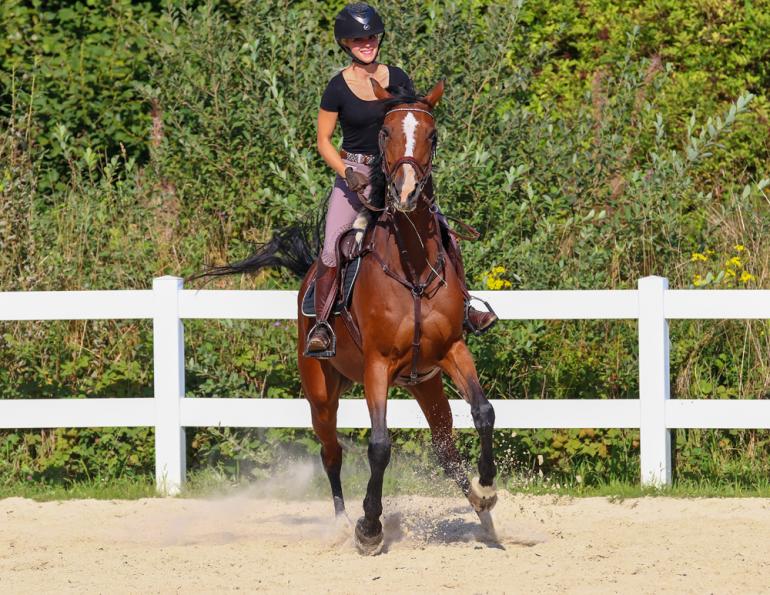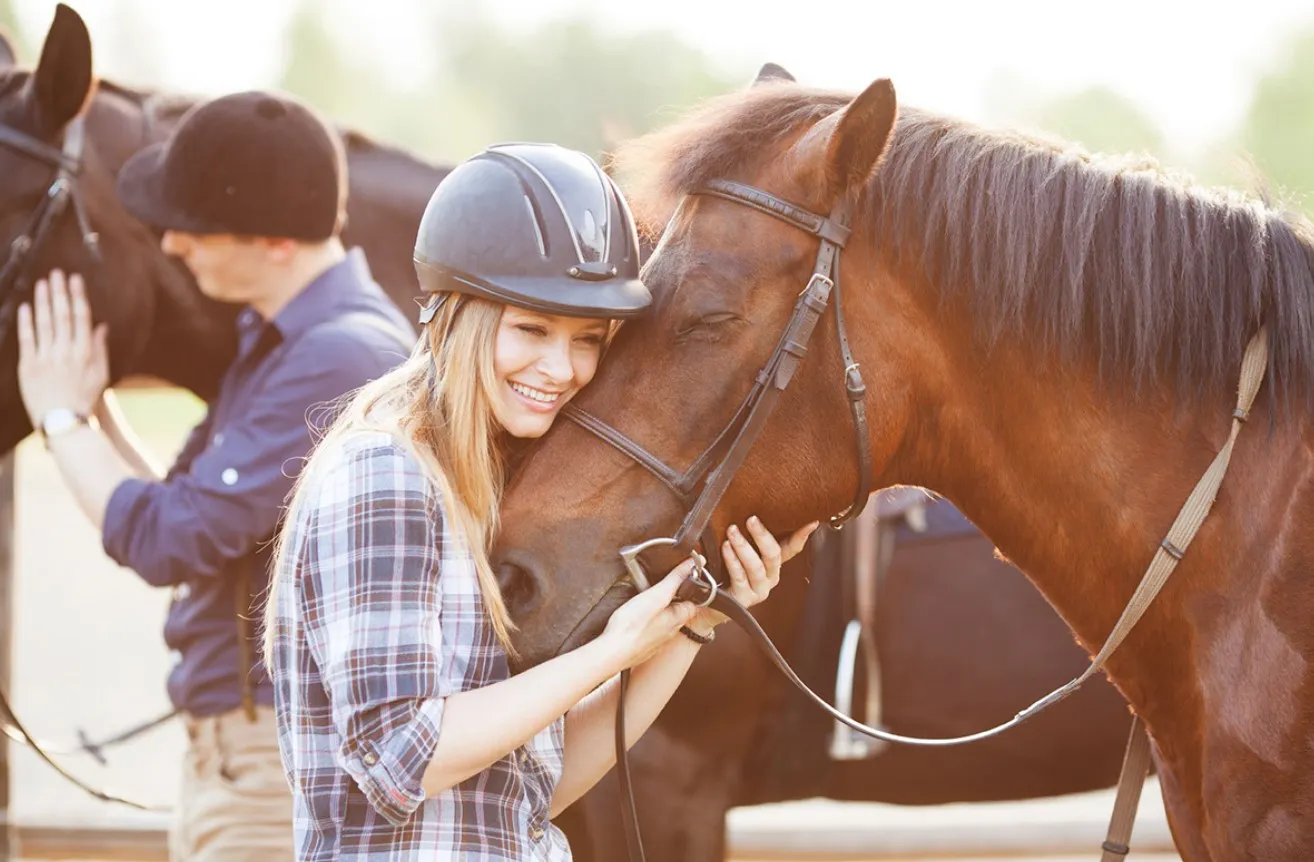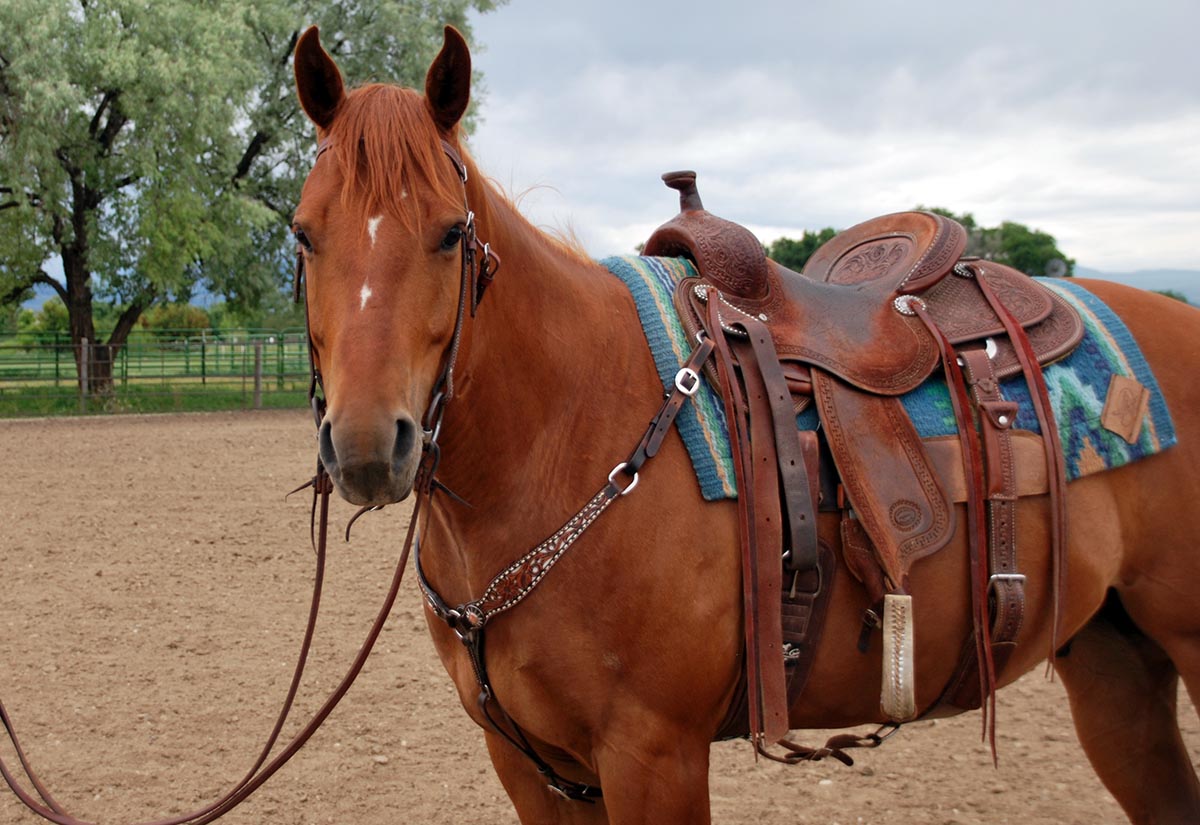Bringing a rescue horse into your life is a rewarding experience. However, it comes with its unique set of challenges and responsibilities. Training a rescue horse requires patience, understanding, and a strategic approach. Whether you are a new horse owner or an experienced equestrian, this guide will provide you with the essential knowledge to embark on this journey.

Understanding the Background of a Rescue Horse
Each rescue horse has a story. Some may have faced neglect, while others may have been abandoned or mistreated. Understanding their past can significantly aid in their training process. It’s crucial to approach training with empathy and a willingness to adapt your methods to the horse’s specific needs.
Assessing Your Horse’s Temperament
Before diving into training, spend time observing your rescue horse. Note their reactions to different stimuli, their behavior around humans, and their interactions with other horses. This assessment will help tailor your training approach to suit their individual temperament.
Building a Strong Bond
The foundation of successful training lies in the bond you create with your horse. Trust is paramount, especially for a rescue horse that may have had negative experiences with humans in the past.
Spending Quality Time
Spend time with your horse outside of training sessions. Groom them, talk to them, and let them become accustomed to your presence. This will help in building a trusting relationship.
Positive Reinforcement Techniques
Utilize positive reinforcement techniques, such as treats or verbal praise, to encourage good behavior. This approach will help your horse associate training with positive experiences.
Starting with Basic Commands
Once a bond is established, you can begin with basic commands. Consistency and patience are key during this phase.
Commands and Cues
Start with simple commands like ‘walk’, ‘stop’, and ‘turn’. Use clear and consistent cues to avoid confusion. For a detailed guide on basic horse commands, visit this resource.
Groundwork Exercises
Groundwork is an essential part of training a rescue horse. It helps establish respect and communication between you and your horse.
Lunging and Leading
Begin with lunging and leading exercises to improve your horse’s responsiveness. These exercises also help in establishing your role as a leader. For more on groundwork, check out horse groundwork exercises.
Introducing Riding
After mastering groundwork, you can gradually introduce your rescue horse to riding. This phase requires careful attention and patience.
Using the Right Equipment
Ensure that all equipment, such as saddles and bridles, are comfortable for your horse. Ill-fitting equipment can cause discomfort and hinder training.
Riding Techniques
Start with short riding sessions, gradually increasing duration as your horse becomes more comfortable. For detailed riding techniques, refer to this horse riding training guide.
Maintaining Consistency and Patience
Consistency is key in training a rescue horse. Regular sessions and a routine will help your horse learn more effectively.
Overcoming Challenges
Expect setbacks and challenges during training. Stay patient and adjust your techniques as needed to accommodate your horse’s progress.
Seeking Professional Help
If you encounter difficulties beyond your expertise, consider seeking professional help. A professional trainer can offer valuable insights and solutions tailored to your horse’s needs.
For additional resources on horse training, visit this guide on The Spruce Pets.
Ensuring the Well-being of Your Rescue Horse
While training is essential, the overall well-being of your rescue horse should always be a priority.
Proper Nutrition and Care
Provide a balanced diet and regular veterinary care to keep your horse healthy and happy.
Creating a Comfortable Environment
Ensure your horse has a comfortable living environment. Adequate shelter, clean water, and safe pastures are essential for their well-being.
Celebrating Progress
Every step forward in training is an achievement. Celebrate small victories and use them as motivation to continue the journey.
For more insights on horse care, check out this horse training guide.

FAQ Section
How long does it take to train a rescue horse?
The duration of training varies depending on the horse’s background, temperament, and the consistency of training. It can take several months to a year to fully train a rescue horse.
Can I train a rescue horse myself?
Yes, with patience and the right resources, you can train a rescue horse yourself. However, seeking professional help is advisable if you encounter challenges beyond your expertise.
What should I do if my rescue horse shows signs of stress?
If your rescue horse shows signs of stress, it’s important to take a step back and assess the situation. Ensure they are comfortable and try to identify any triggers. Adjust your training approach to alleviate stress and consult a professional if needed.
This article contains affiliate links. We may earn a commission at no extra cost to you.






